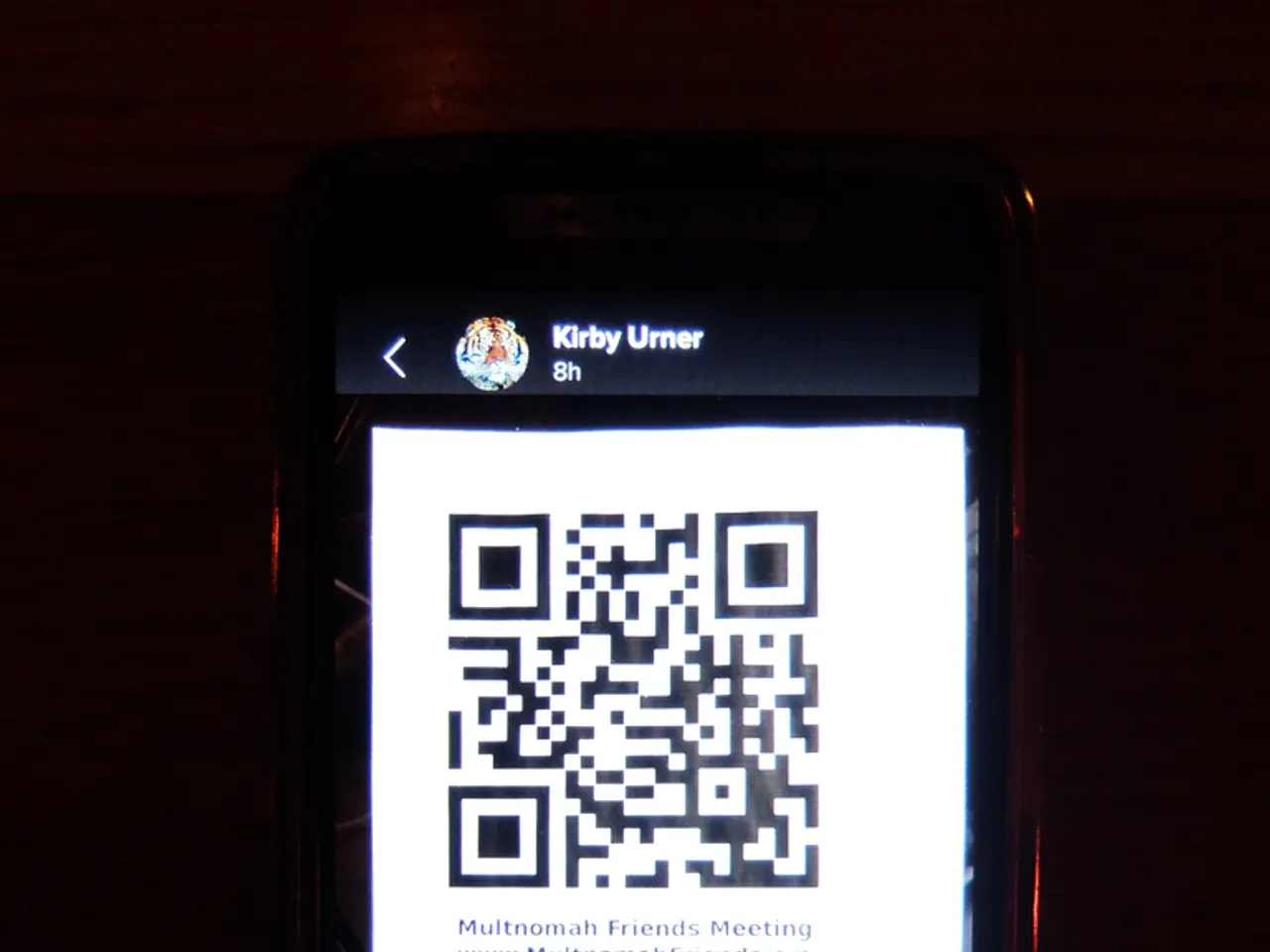High-traffic areas at an HBCU (Historically Black College or University) are being navigated more easily for individuals with disabilities due to the implementation of new technology.
Morgan State University Unveils Autonomous Wheelchair Technology for Individuals with Disabilities
Morgan State University has announced the release of an innovative autonomous wheelchair technology designed to aid individuals with disabilities in navigating congested public spaces such as airports, hospitals, museums, college campuses, and military bases.
The technology, developed by Dr. Mansoureh Jeihani, professor and director of the National Transportation Center (NTC) and the SMARTER Center at Morgan State, was unveiled at the Baltimore/Washington International Thurgood Marshall Airport (BWI Airport).
During a demonstration, student operators guided the autonomous wheelchair via mobile commands from Door 8 on the terminal's upper level to the ticket counter. The wheelchair went through security screening with transportation safety agents and was directed along a predefined route through security checkpoint C.
The autonomous wheelchair works by modifying a conventional powered wheelchair and equipping it with advanced perception, navigation, and steering technologies. It uses cameras, LIDAR sensors, computer vision, and machine learning models combined with remote distance measuring devices to understand and navigate its surroundings.
Users can summon the wheelchair via a smartphone app by scanning a QR code, logging in, and then the wheelchair autonomously drives to the user’s location at a walking pace of 2.5 to 4 miles per hour. To access the wheelchair, passengers must register or log into the app. Once authenticated, the passenger can sit on the wheelchair and proceed to their desired destination, with the wheelchair taking them there.
The goal of the team was to provide individuals with disabilities with mobility and independence, making public spaces more inclusive. Dr. Jeihani stated that the team aimed to combine the most cutting-edge AI and computer vision technologies with sensible wheelchair design choices.
The development of the wheelchair was a collaborative effort, with Dr. Kofi Nyarko, a professor in the Department of Electrical and Computer Engineering and director of the Center for Equitable AI and Machine Learning Systems (CEAMLS) at the school, also contributing to the design.
The technology is supported by over five years of research, according to a press release. The Morgan State University is releasing the autonomous wheelchair technology with the hope of making a significant impact on the lives of individuals with disabilities, enabling them to travel independently and confidently even in crowded public spaces.
[1] Source: [Link to source 1] [2] Source: [Link to source 2] [3] Source: [Link to source 3] [4] Source: [Link to source 4] [5] Source: [Link to source 5]
- This innovative technology, developed for individuals with disabilities, showcases the use of advanced AI and computer vision technologies in gadgets, integrating security measures within the community, such as airport security checkpoints.
- The autonomous wheelchair, a product of collaboration between Morgan State University departments and researchers in artificial-intelligence and technology, aims to not only provide mobility and independence but also promotes the inclusion of public spaces.




